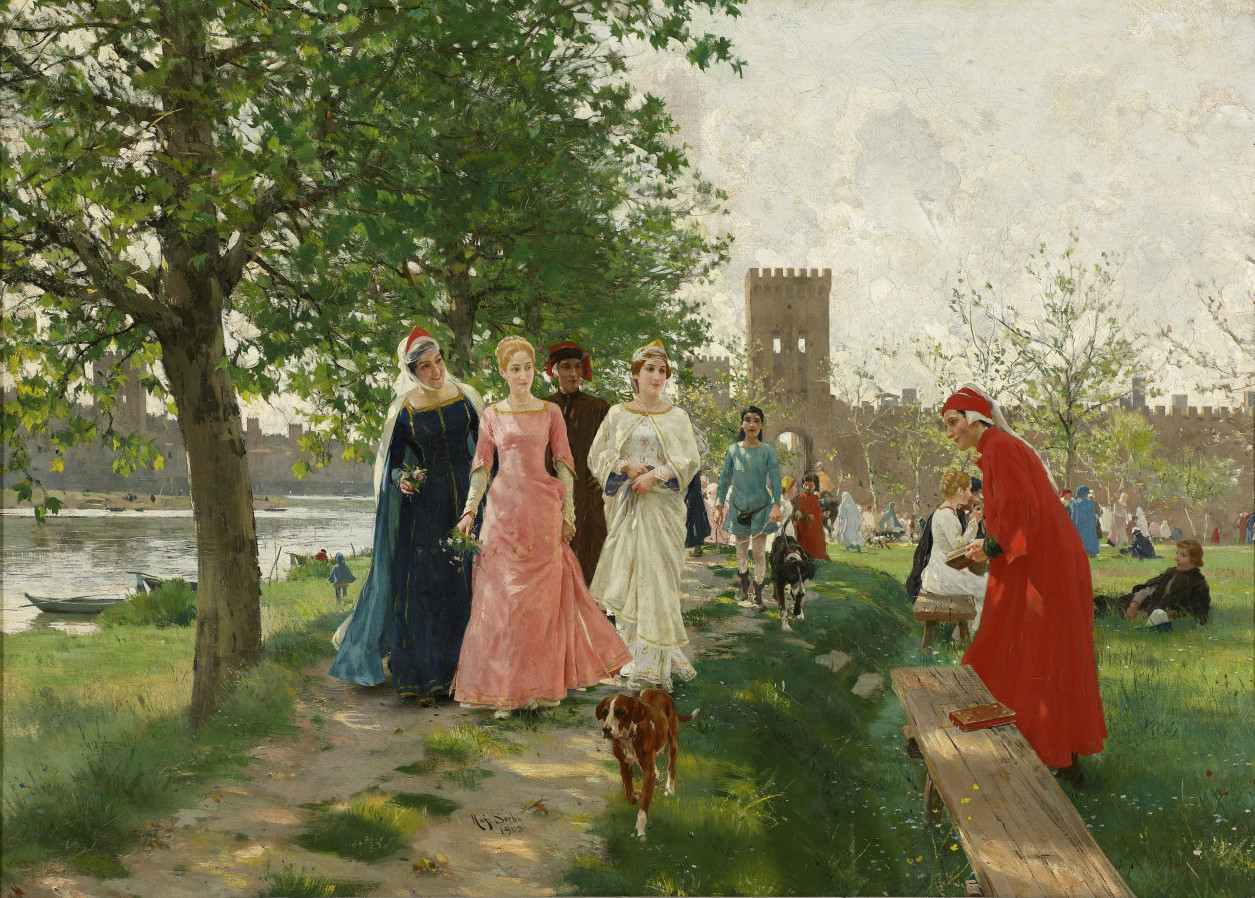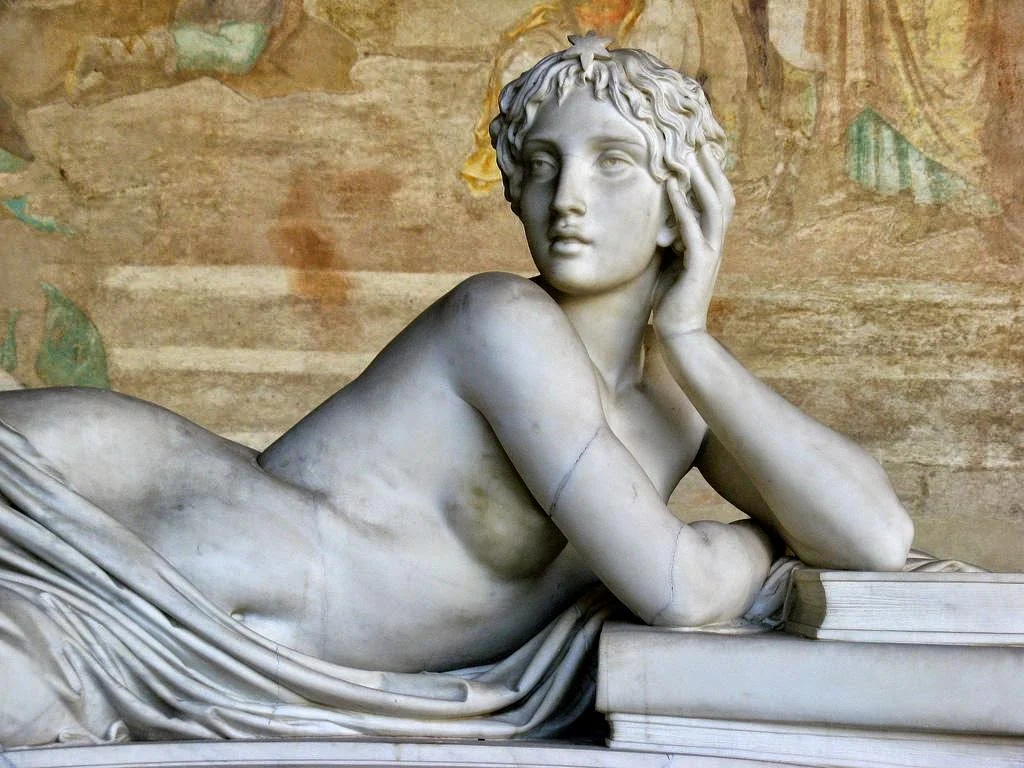The impulse began, as all things do, from a foundational state of near-silence.
Not a void, mind you. A state of potential.
A world teeming with vibration, but lacking organization.
Consider the cave: a resonating chamber.
Water dripping, wind sighing… these were the first notes.
Not "music" as we understand it, but precursors.
The potential for pattern was always present.
Orazio Gentileschi | Young Woman with a Violin (Saint Cecilia), 1612 | Detroit Institute of Arts





.jpg)
.jpg)






.jpg)
.jpg)